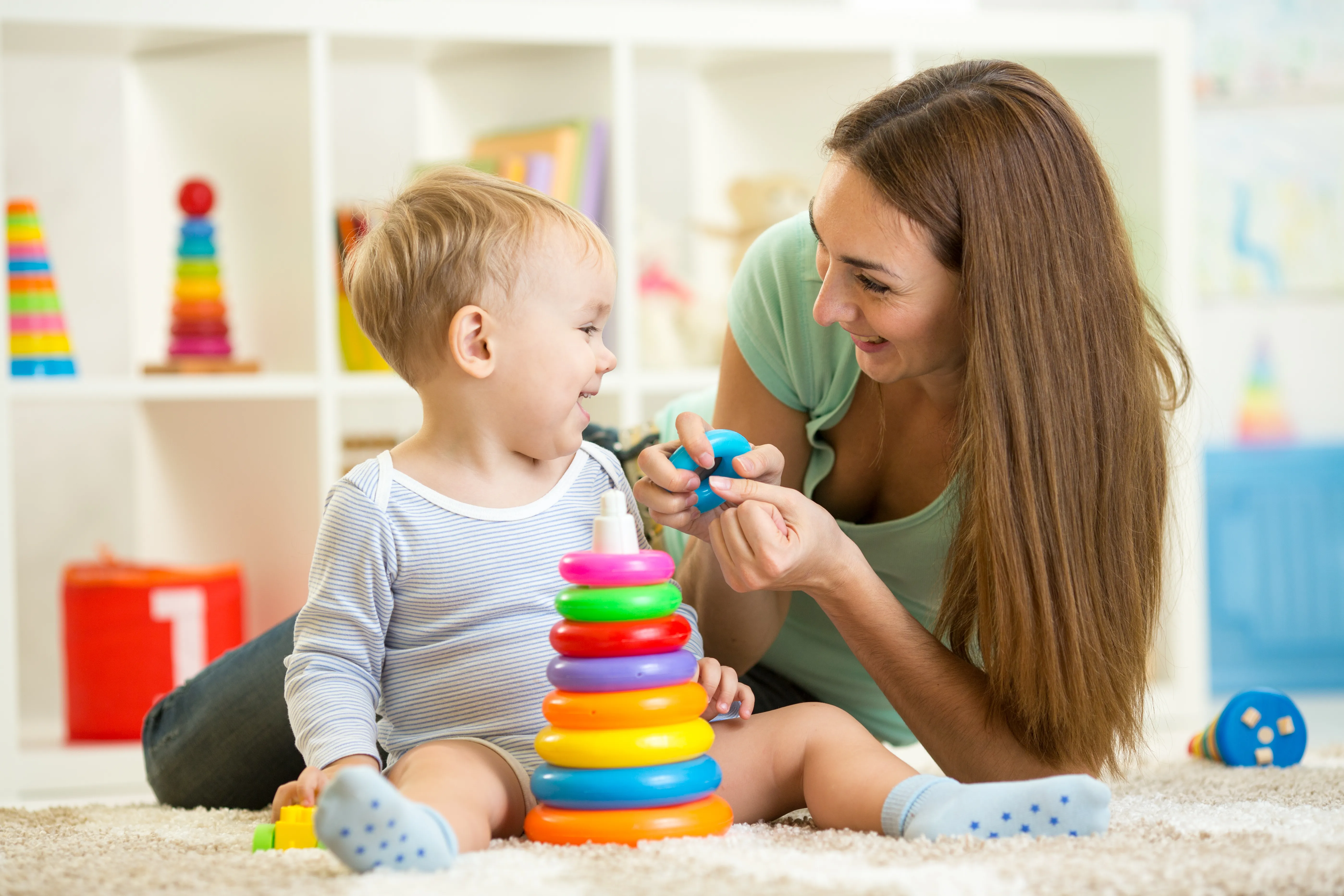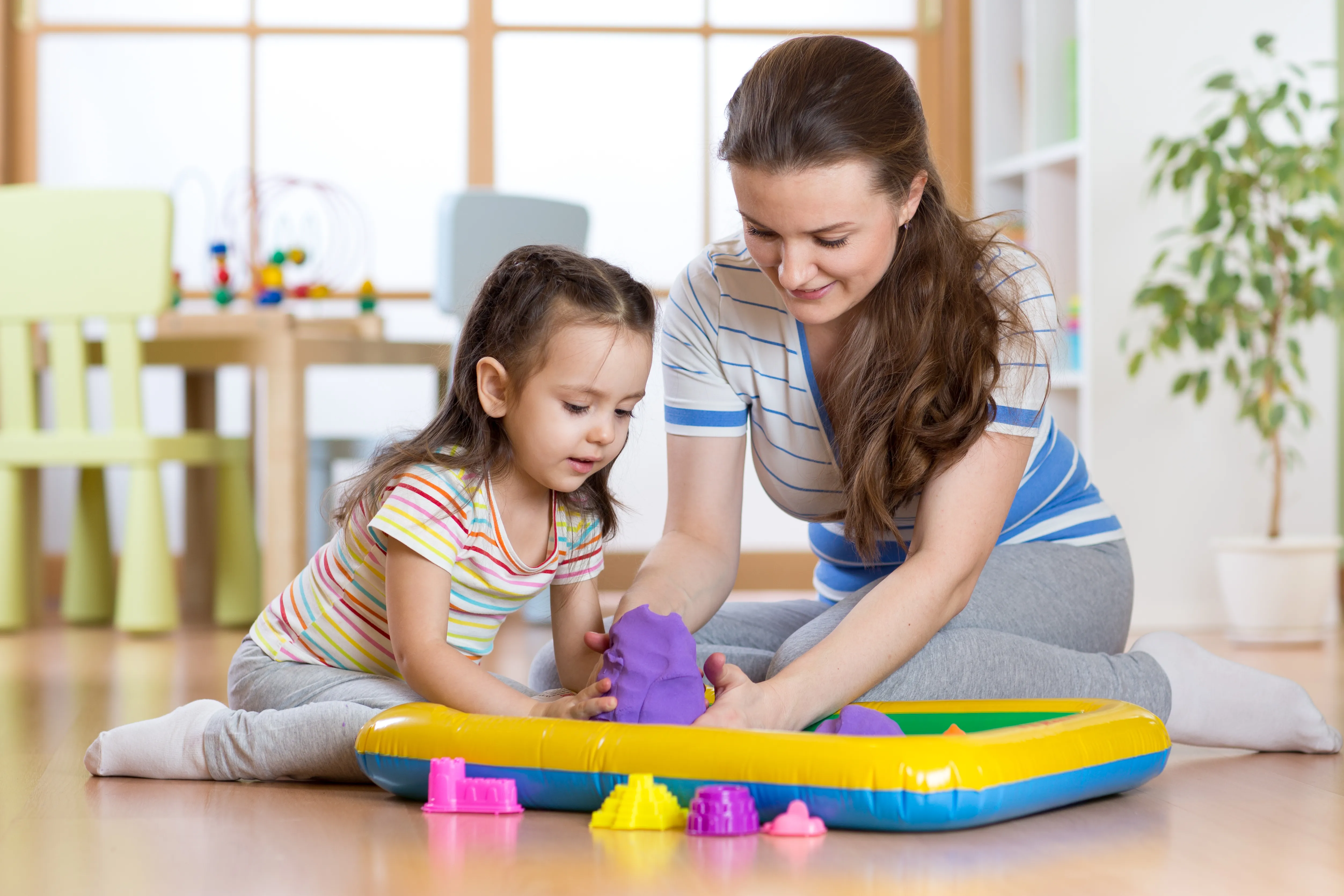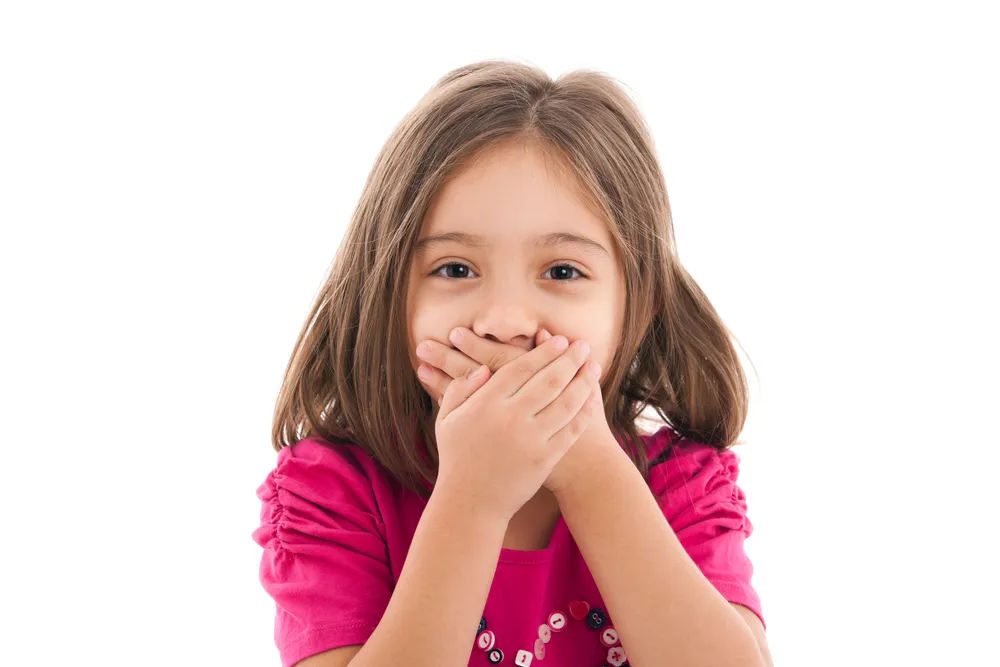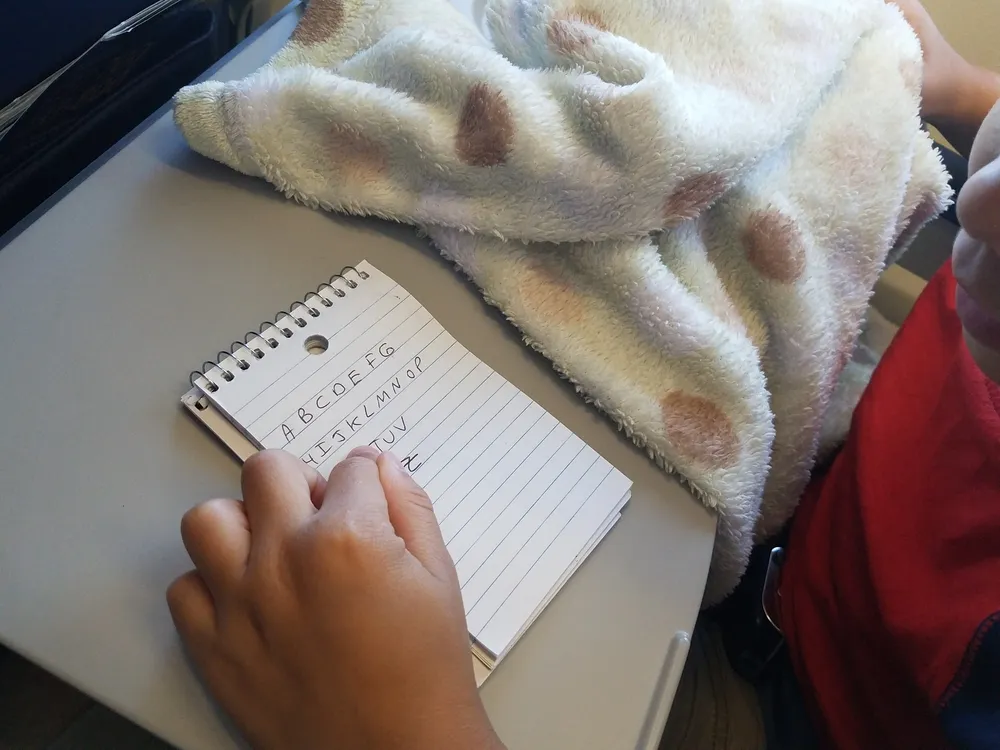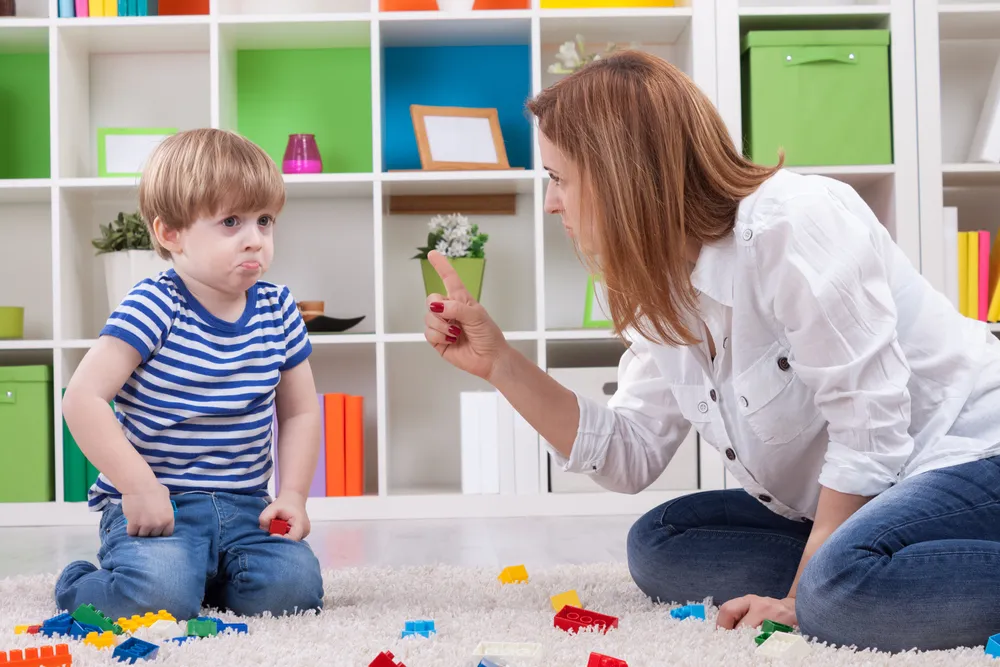Almost all parents have dealt with a tantrum at one stage in their children’s lives. Kids can become easily frustrated and turn to yelling, biting, kicking or hitting in order to get what they want. While tantrums may sound familiar, some children tend to hold their angry feelings inside. Both unreleased tension and uncontrollable anger can lead to depression or anxiety. Naturally, this kind of behavior often results in the exact opposite result that any wants. Parents get upset, kids get upset, and basically everyone loses. An irate child may express themselves by making violent statements or drawing violent pictures. They may behave recklessly or impulsively. Some have trouble self-regulating, or blame others for their problems. Parents need to help their children deal with and manage their anger. Here are 16 anger management tips for kids – and the people that love them.
16. Emotional Vocabulary
Often explosive behavior is the result of a child not being able to verbally express themselves. They need the proper words in order to express how they are feeling, whether it’s simply mad or sad, or more advanced vocabulary, like nervous or frustrated. During a calm time, sit down with them and make a list of all the different “feeling words”. Teach them to express themselves, to use their words, rather than lashing out physically or stifling the anger and letting it fester.
15. Self Talk
Sometimes your child needs to hear that they are fine and can handle whatever situation they are in. You may not always be there to remind them, or may not be able to in particularly stressful times. Teach simple, positive messages of self-control that your child can then apply. “Stay in control”. “I can do this”. “It’s going to be ok”. The options are endless but think of examples of kind self-talk your children can practice on themselves.
14. Calm Oasis
Use time-outs wisely, not punitively. Enlist your children’s help in setting up a place to go when they need to calm down. This can be a bedroom, a bathroom, or even the family room. Offer self-soothing options such as books, music, favorite stuffed animals or Lego. Encourage your kids to go to the calm spot when he or she needs to cool down. For some children this may be a 5-minute interlude, while others may need a little longer to get their emotions back in check.
13. Imagination
When your child feels the anger building up, try to re-direct them. Invite them to imagine that they are in a calmer, happier place. Perhaps this is a place they have been on vacation? Maybe they can try to imagine going to an ice cream parlor? They could even try to conjure up the at-home oasis they created. Try to encourage them to imagine their anger as something concrete, perhaps a ball or a block that they can shatter or destroy with their thoughts.
12. Stop and Breathe
Try breathing techniques to help the anger subside. Tell them to stop and take a breath. Then slowly count to five as they let the breath out. Pause for a second or two before inhaling and repeating. The repetition will help your child refocus and relax. There are many different breathing techniques, inspired by yoga or meditation. Other breathing exercises might include dragon fire breaths, making a whispered “ha” sound skyward, or “hot air balloon”, slowly breathing out through pursed lips.
11. Feelings vs Behavior
Let your children know that whatever they are feeling is always ok. After all, no one chooses to be hurt, sad or upset. It is normal to feel angry. It is not OK to hit out of anger. The key is learning how to deal with those feelings in terms of behavior. Teach them how to label their feelings such as happy, sad, mad so they can talk about their emotions instead of acting on them.
10. Problem Solve
Often times explosive behavior can be a result of something not going the way your child wants it to go. When your child has calmed down, engage your child in making a plan for the next time. Ask them how they would like to handle it if it happens again. Decide on potential positive ideas, together. Whether it’s a using a calendar to organize turn-taking, setting timers, etc. Get them involved as thinkers, making them part of the solution, not just the problem.
9. Draw it Out
Many children find coloring or drawing relaxing. Keep paper, pens, crayons and markers handy so that when they feel their anger bubbling up to the surface, they have another option to release it. They can try to draw their feelings, or things that make them feel the same way. Alternatively, they can doodle or color. Whatever works best for them to relax and self-soothe.
8. Write it Out
Children and adults alike have been encouraged to put pen to paper and write down how they’re feeling. Journaling can provide tremendous relief and an excellent outlet for your child (or you!) to vent. Ensure you respect your child’s privacy by letting them write what they want. Some people find it therapeutic to write letters – either to the person they feel has wronged them, or even to the feelings themselves.
7. Yell it Out
You know when you get so frustrated that you just want to scream? So do your kids! Rather than allow your child to yell at you, encourage them to go and yell it out someplace safe and, preferably, away from the family. If a basement or garage is unavailable, yelling into a pillow can have the same effect. New evidence shows that screaming into a pillow is an excellent way to relieve stress.
6. Tear it up
Another way for your child to deal with anger is write down what angers them on to a spare piece of paper. Then have them tear the paper into lots of small pieces. Encourage them to imagine that they are destroying their anger, ripping it up, and then throwing it all way. Another way of looking at this is by imaging that the fury is leaving them bit by bit, in pieces.
5. Walk it off
Everyone has used fresh air or exercise to blow off steam. Your kids are no different. Sometimes people need to remove themselves from the place of rage and get themselves into fresh air to cool down. Nature is also a stress reliever. If your child is exasperated, suggest taking a walk, even if it’s just around the block. The change of scenery will help refocus and walking together may encourage your little one to open up and let their feelings out in a more peaceful way.
4. Hit it
Traditionally, kids have been told to refocus their anger by hitting something other than another human being. Whether it’s boxing, throwing stones at a wall, hitting their pillow, or using a foam bat, some people find this technique to be a great stress reliever. But be cautious. Sometimes this technique can backfire and increase self-regulation issues. Only use this when your child has already calmed down, or you know that it works for sure. Otherwise, have your kids shoot hoops or take some hockey shots instead.
3. Consequences
Positive consequences are always more effective than negative consequences. Whether it means using a reward chart and some kind of treat or surprise, using positive consequences can help motivate your child to try their best to manage their anger. However, there will be times when negative consequences are a must. Whether it’s a time out, privilege loss, or other punishment, be consistent and always follow through. When your child has calmed down, go through the results of the outbursts so there can, hopefully, be better results the next time.
2. Model Appropriate Skills
If your kids see you losing your temper, they will think that’s acceptable behavior. Instead, try your best to model the behavior you want them to emulate. Verbalize your feelings. Point out that you, too, get frustrated or angry. If you lose it, because we all do at some point, talk to your kids about it. It’s healthy to show children how you handle big feelings. Take responsibility for your emotional actions and reactions and your children will too.
1. Seek Professional Help
It is totally normal for children to have tantrums or to struggle with keeping their anger in check. Most kids will outgrow these stages. With the help of parents, teachers, and friends, navigating emotions will improve. However, if your child is truly struggling to keep their emotions in check, or their anger seems to be getting worse, seek professional help. There are professionally trained people who can help diagnose any mental health conditions. They can also help formulate plans to manage explosive behavior with great results.







